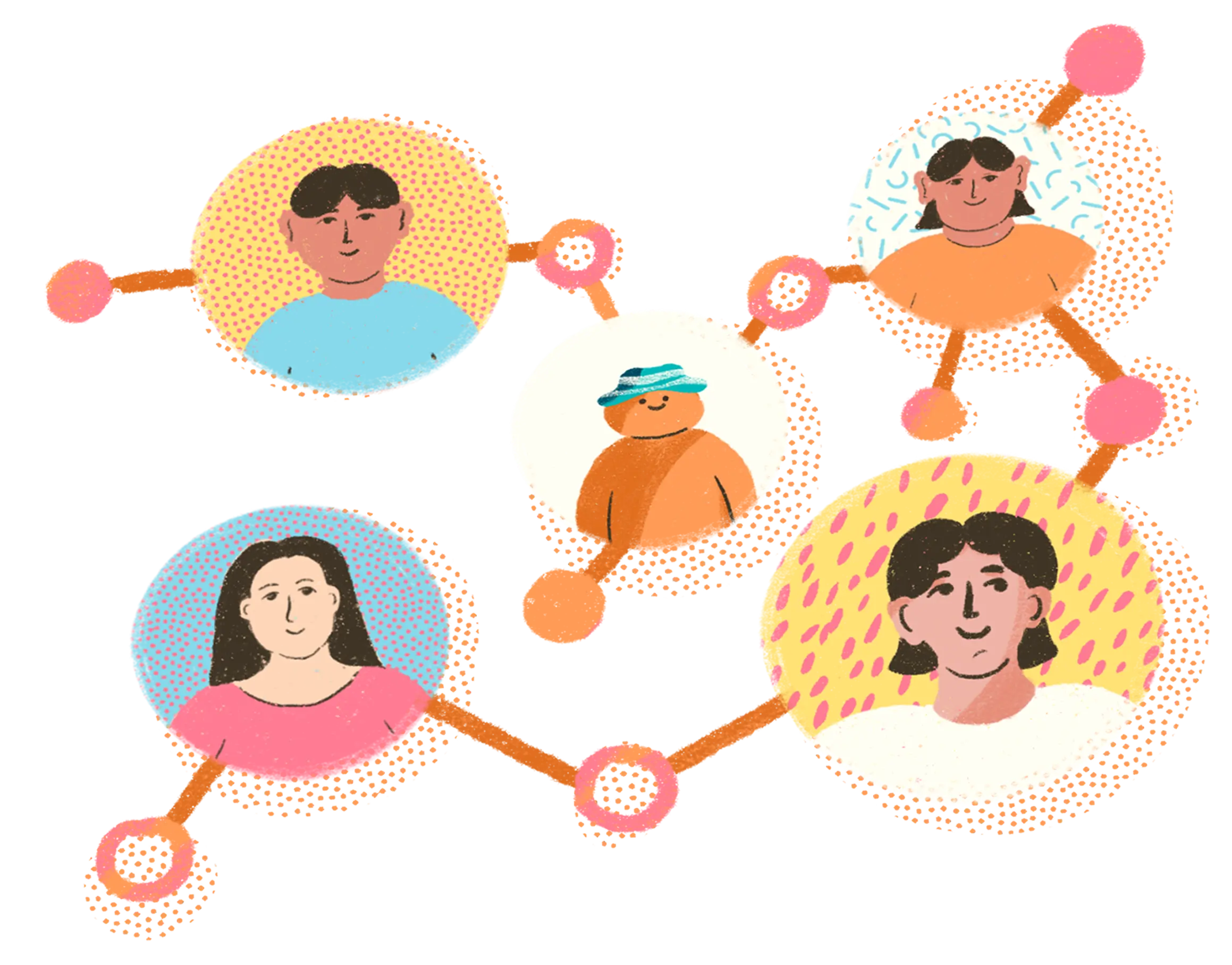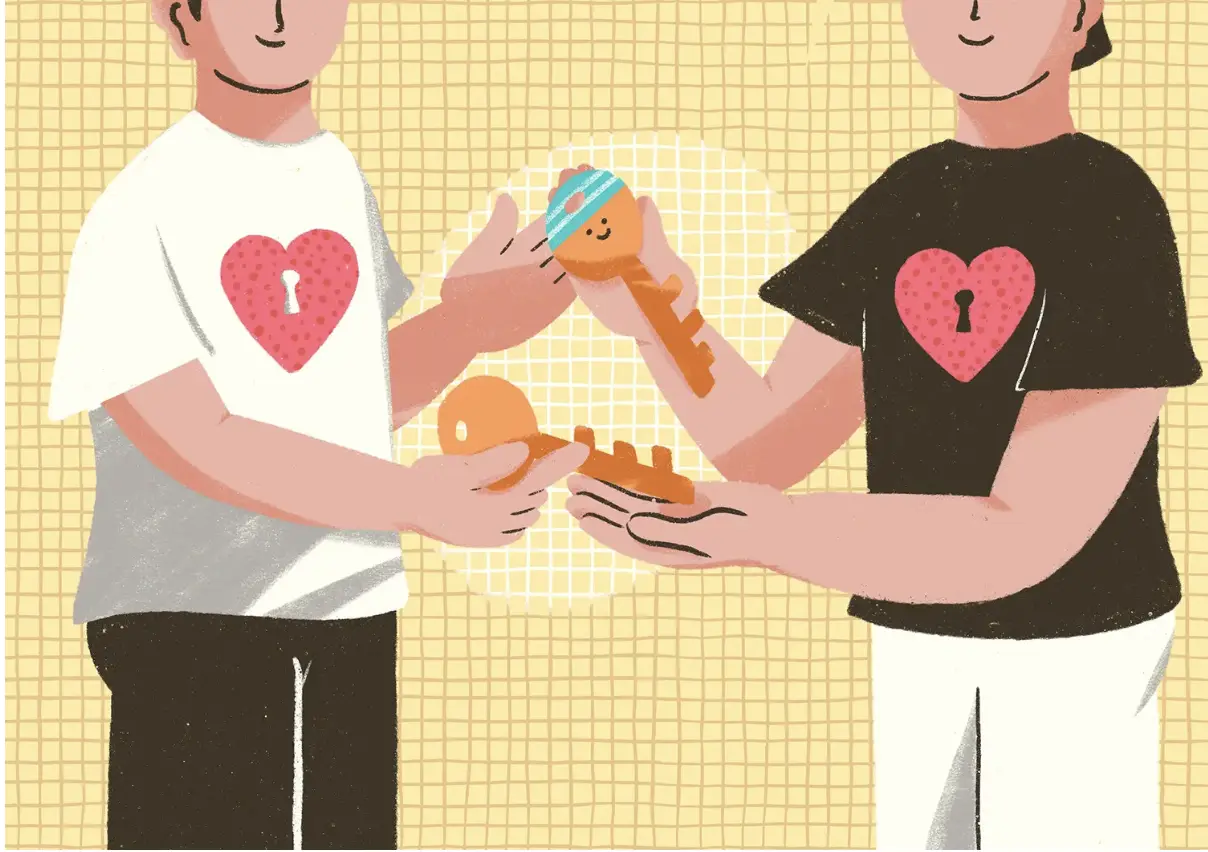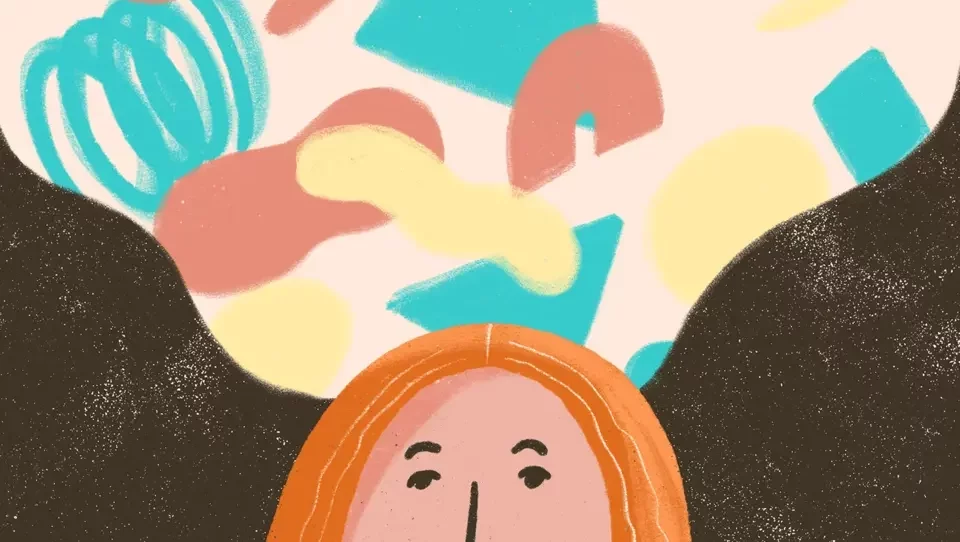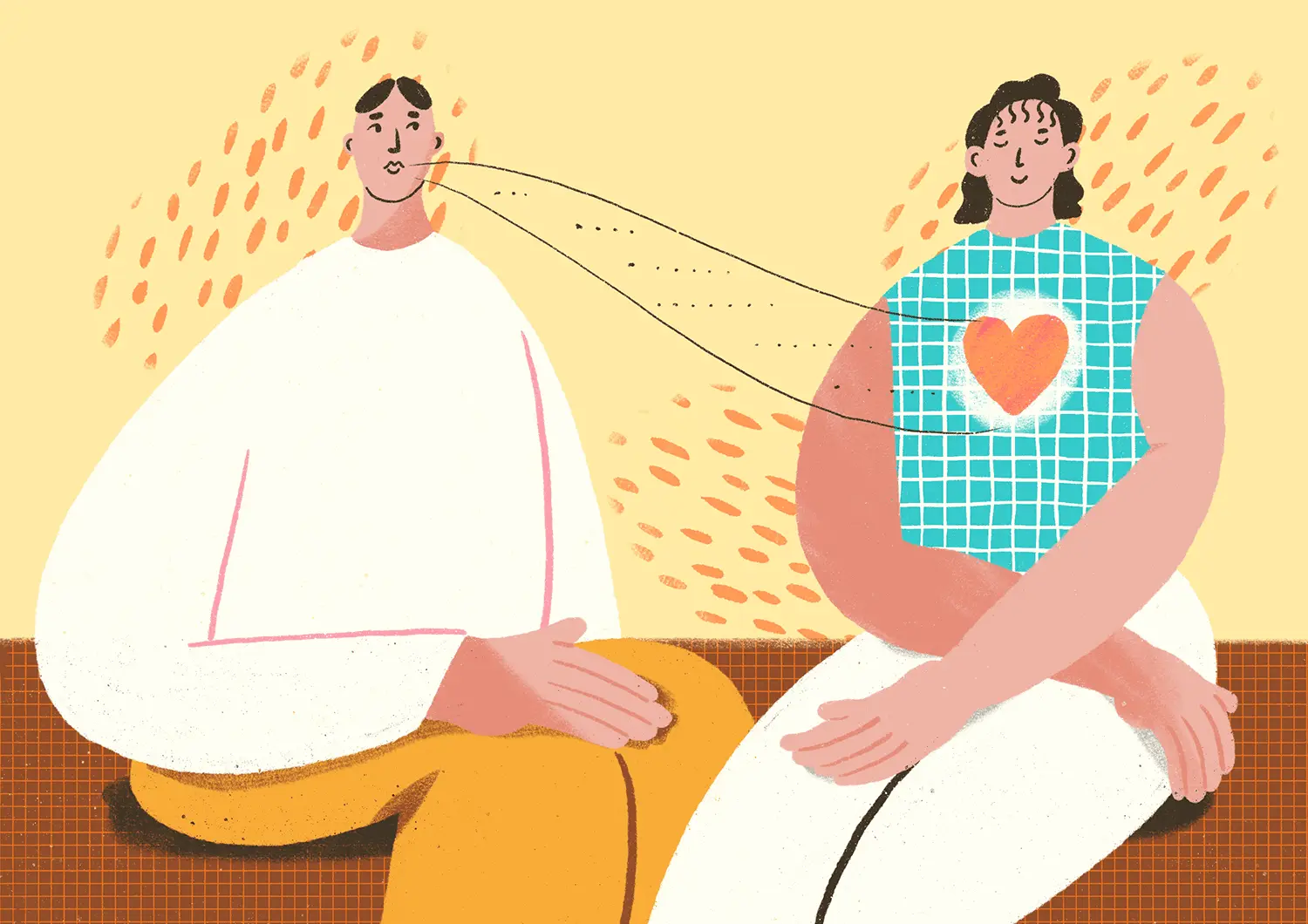Highlights:
- Our thoughts and behavioral patterns in intimate relationships are likely influenced by past experiences, which shape different attachment styles.
- This article will introduce attachment theory, along with the main types and characteristics of attachment styles.
- Each individual has a distinct attachment style, leading to varying degrees of need for intimacy and security.
- Attachment styles are not fixed; by increasing our awareness, we can reshape our thoughts and behaviors, gradually enhancing the sense of security in our intimate relationships.

We are all shaped by our stories. Before each encounter, we drift like floating weeds on the sea, meeting different people and experiencing different adventures. Like these weeds, we absorb various nutrients from the water - some enriching, others harmful, some light, and others heavy, gradually forming the essence of who we are in this moment. Once we enter an intimate relationship, we may find ourselves puzzled by certain behaviors or traits of our partner, such as:
- Why does their attitude fluctuate so unpredictably?
- Why do they tend to avoid communication when it's needed most?
- Why do I always feel anxious during separations?
- How can they seem so at ease in the face of various relationship challenges?
Understanding Intimate Relationships Through Attachment Theory
In recent times, many people have turned to attachment theory to delve into the behaviors and thoughts that shape our intimate relationships. Proposed by psychologist John Bowlby, attachment is seen as an emotional bond, a tendency to seek reliance and connection with others, especially during times of difficulty and stress, in order to find a sense of security. Attachment behaviors, such as hugging, companionship, and expressions of care and support, enhance the safety we feel in our interactions. Our attachment patterns begin to develop in infancy and tend to stabilize as we enter adulthood, evolving into distinct adult attachment styles.
Early Attachment Theory
Early theories suggest that an infant's social experiences, particularly interactions with primary caregivers, stimulate brain development and influence how they form intimate relationships later in life. For instance, when a caregiver leaves the infant's side, the child may feel a sense of unease, triggering their attachment system. In response, the infant emits signals, such as crying or screaming, to express their distress, prompting the caregiver to respond and alleviate the infant's reactions.
As time passes, a profound emotional bond develops between the infant and the caregiver, allowing the caregiver's presence to bring safety and comfort, encouraging the child to explore their surroundings with confidence. However, if caregivers fail to meet the infant's emotional needs, neglecting to provide consistent safety, warmth, and support, the child may experience feelings of neglect and rejection. This uncertainty can lead to the development of insecure attachment styles, such as avoidance and anxiety.
Through these interactions, the infant gradually forms an understanding of themselves and others, shaping their internal working model and influencing how they will engage with the world in the future.
Recent Insights into Attachment Theory
With more in-depth research, many scholars now believe that an adult's attachment style is influenced not only by childhood interactions with caregivers but also by our genes and life experiences. Childhood experiences lay the foundation for a person's attachment style, leaving traces that can be found in adulthood. However, as we grow, the various relationships we form along the way, such as those with close friends and partners, can significantly reshape our attachment styles.

Which of the following statements best reflects how you approach intimate relationships?
1. I find it easy to get close to others and feel comfortable relying on them.
I rarely worry about being abandoned by my partner, and I don’t feel anxious when we’re very close.
2. Sometimes, being close to others makes me feel uneasy.
I struggle to fully trust people and hesitate to depend on them.
When someone gets too close, I start to feel tense.
The intimacy my partner seeks often feels overwhelming to me.
3. I’ve noticed that others seem less interested in intimacy than I am.
I often worry that my partner doesn’t truly love me and that they might leave me.
I long to be fully integrated into another person’s life.
Do any of these statements resonate with you?
In fact, they correspond to several main attachment styles: secure, avoidant, and anxious. Below, we will explore each of these styles in detail.
Main Attachment Styles
Attachment styles are primarily divided into secure and insecure categories, with anxiety and avoidance serving as key indicators of these styles.
- Anxiety Characteristics: A tendency to anticipate separation, abandonment, or lack of love, and an excessive focus on whether one’s partner can provide affection and responsiveness.
- Avoidance Characteristics: A tendency to downplay the importance of intimate relationships, avoid closeness and reliance on others, and rely on oneself.
Psychologists Bartholomew and Horowitz identified four main attachment styles:
1. Secure: Low anxiety, low avoidance
Securely attached individuals can typically establish and maintain healthy, intimate relationships. They are able to trust and rely on others, feel comfortable with intimacy, and experience lower levels of anger and fear toward others. They can maintain their independence while nurturing close relationships.
2. Preoccupied: High anxiety, low avoidance
Anxiously attached individuals crave intimacy and reliance but often worry about being abandoned or rejected. Their self-esteem may be lower, leading them to become overly dependent on their partners for affirmation, security, and love.
3. Dismissive-Avoidant: Low anxiety, high avoidance
Dismissively attached individuals tend to be more independent and avoid emotional intimacy. They express emotional needs less frequently and may not understand how to respond to their partner's needs, resulting in distant and cold behavior in intimate relationships.
4. Fearful-Avoidant: High anxiety, high avoidance
Fearfully attached individuals may experience anxiety regarding intimacy, often due to concerns about abandonment or rejection. While they may wish to form relationships, they might resort to avoidance as a protective strategy, leading to emotional conflict.
When we interact with important people, such as partners, we often feel a sense of safety when they are close and supportive. This helps us to feel loved and validated. However, when our sense of security is not met, we may find it difficult to confirm whether we are truly loved and valued, which can lead to the adoption of insecure attachment strategies.
It’s important to note that the attachment styles in intimate relationships are not fixed. Depending on the context, the individuals involved, and different stages of life, we may exhibit various styles. For example, I might show an anxious attachment style when interacting with family while developing a secure attachment style with my partner, and vice versa. Additionally, these attachment styles are not entirely distinct; they exist along a continuum of anxiety and avoidance.

How to Address Attachment Styles in Intimate Relationships
Understanding Yourself: Building an Inner Fortress of Security
Everyone has different past experiences and personality traits that shape their attachment styles, leading to varying needs for intimacy and security. While we cannot change the past, we can change how we respond to it. By examining our inner selves and acknowledging aspects that feel untouched, we can learn to express our needs in relationships, communicate effectively, and enhance our sense of security.
Beginning with self-awareness, we can reflect on our needs in a relationship e.g. needs for affirmation, support, and companionship. We can identify our attachment tendencies and recognize recurring insecure attachment behaviors, such as seeking excessive attention, avoiding sharing our thoughts, or withdrawing when a relationship is progressing positively.
By documenting events that trigger our emotions, we can better understand when we display avoidant or anxious behaviors. Writing down our feelings and responses helps us identify patterns and underlying needs. We can then learn to communicate our needs clearly to our partners while developing a supportive inner dialogue to replace insecure attachment behaviors.
When encountering our partner's insecure attachment behaviors, we can strive to understand their needs, accept our differences, and communicate our feelings with patience. Through open communication, ongoing affirmation, and establishing reasonable boundaries, we can strengthen the sense of security and comfort within our relationship.

“To become spring, means accepting the risk of winter.
To become presence, means accepting the risk of absence.”
In every intimate connection lies a chance to embrace self-love and to love. With open hearts willing to learn and adapt, we can blossom into beings of greater security. Anchoring our souls within, shining as our own eternal warmth.
References:
Ravitz, P., Maunder, R., Hunter, J., Sthankiya, B., & Lancee, W. (2010). Adult attachment measures: A 25-year review. Journal of Psychosomatic Research, 69(4), 419-432. https://www.sciencedirect.com/science/article/pii/S0022399909003304
Fraley, R. C., & Roisman, G. I. (2019). The development of adult attachment styles: Four lessons. Current Opinion in Psychology, 25, 26-30. https://www.sciencedirect.com/science/article/pii/S2352250X18300113
Hicks, A.M., Korbel, C. (2013). Attachment Theory. In: Gellman, M.D., Turner, J.R. (eds) Encyclopedia of Behavioral Medicine. Springer, New York, NY. https://doi.org/10.1007/978-1-4419-1005-9_939
Sroufe L. A. (2021). Then and now: the legacy and future of attachment research. Attachment & human development, 23(4), 396–403. https://doi.org/10.1080/14616734.2021.1918450
Benoit D. (2004). Infant-parent attachment: Definition, types, antecedents, measurement and outcome. Paediatrics & child health, 9(8), 541–545. https://doi.org/10.1093/pch/9.8.541




